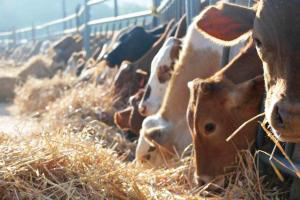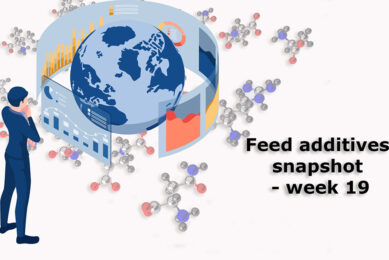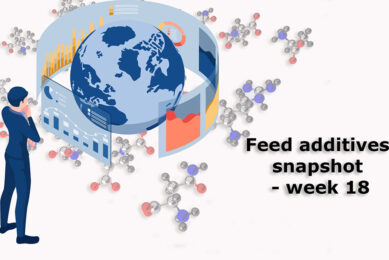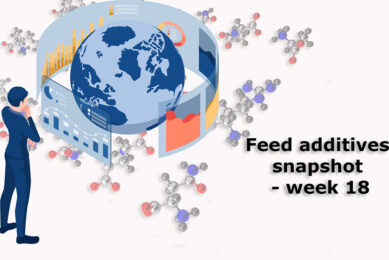Act now to reduce beef finishing times this autumn

Beef producers should take advantage of lower cereal prices and robust carcass values by reducing finishing times this autumn.
Supplementation at grass could offer a cost-effective option for finishers wishing to get cattle away earlier this year, say Dylan Laws, EBLEX livestock scientist. “Extra concentrate feed in the autumn will increase growth rates and help reduce overall finishing costs,” he says.
The objective of supplementation at grass is to avoid or reduce the time needed to house cattle for finishing. Mr Laws says having a clear idea of slaughter weight and date will allow producers to work out the growth rate needed and then whether supplements at grazing are required to achieve that.
However, even when autumn grass is in good supply, the growth rate achievable is likely to be less than 1kg a day, whereas the target could be up to 1.5kg a day. Feeding cereals and other concentrates at 0.5kg for every 100kg liveweight should give a positive return.
“Therefore, a 500kg animal would require about 2.5kg a head a day. However, where grass supply is moderate or poor, feeding at 1kg for every 100kg liveweight may be required to achieve finishing targets. Suitable concentrates should be high in energy with at least 30% starch and sugar with 12-14% crude protein in the dry matter,” Mr Laws explains.
For growing cattle and suckled calves, offering concentrates for six weeks prior to housing can help reduce any check in growth at housing when livestock switch to a winter ration.
Top tips for supplementing cattle at pasture:
• When grass availability is low, providing a supply of structural fibre, such as unchopped straw or hay, should maintain a healthy rumen
• Once supplementation has begun, maintain it through to housing to avoid sudden diet changes that will check growth rates and reduce time to slaughter
• Avoid poaching in wet weather by moving feeders regularly.
Source: FWI










